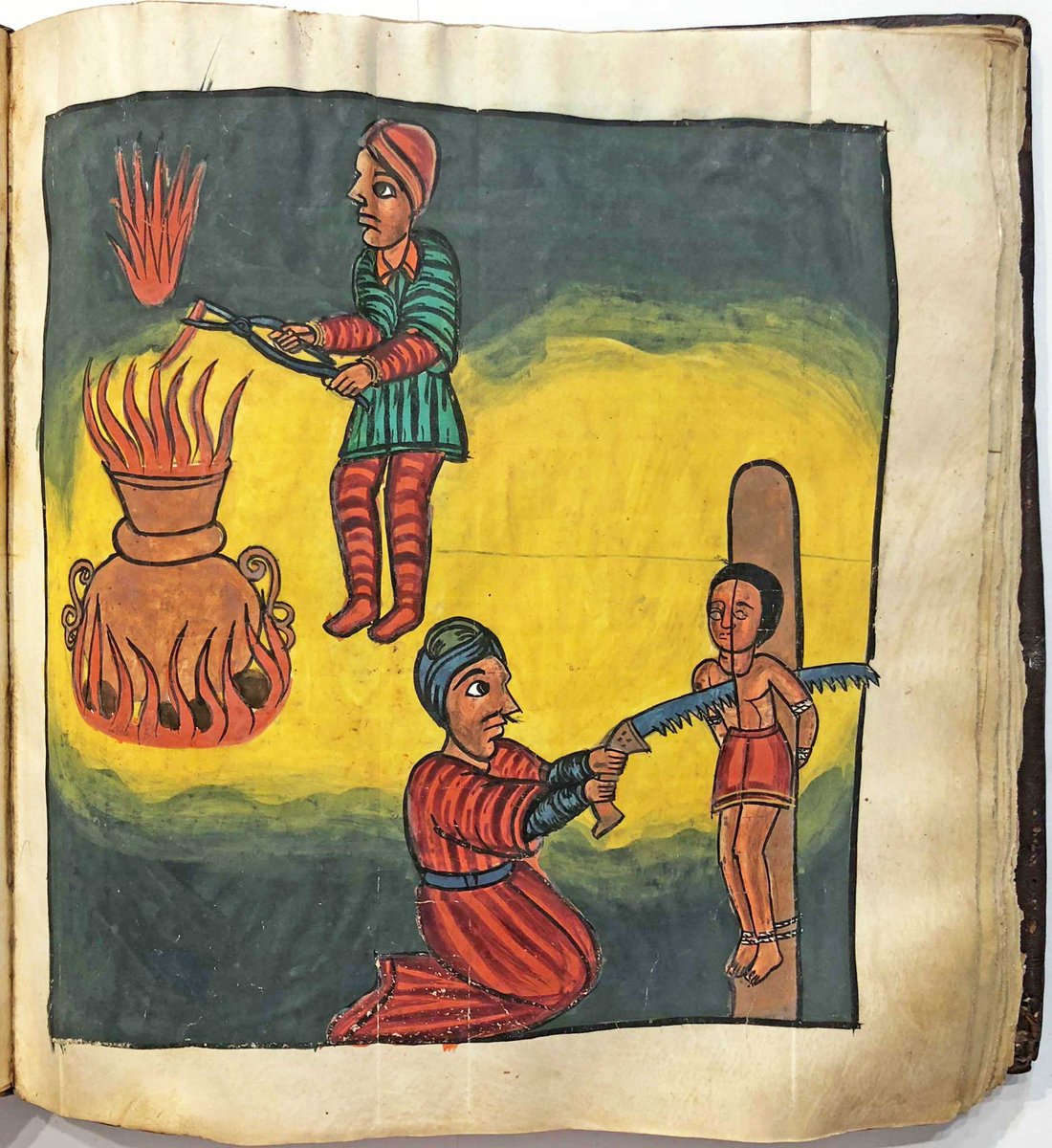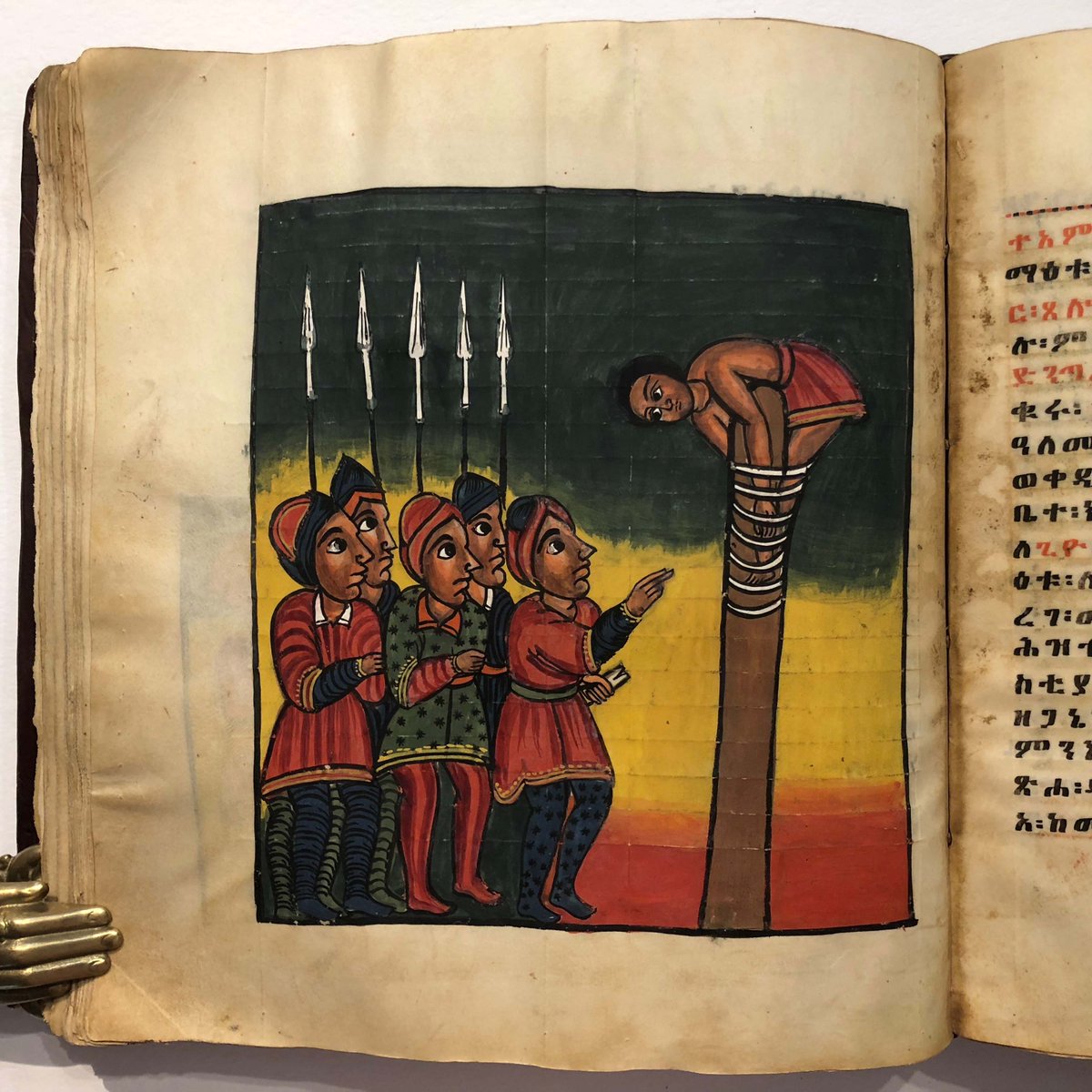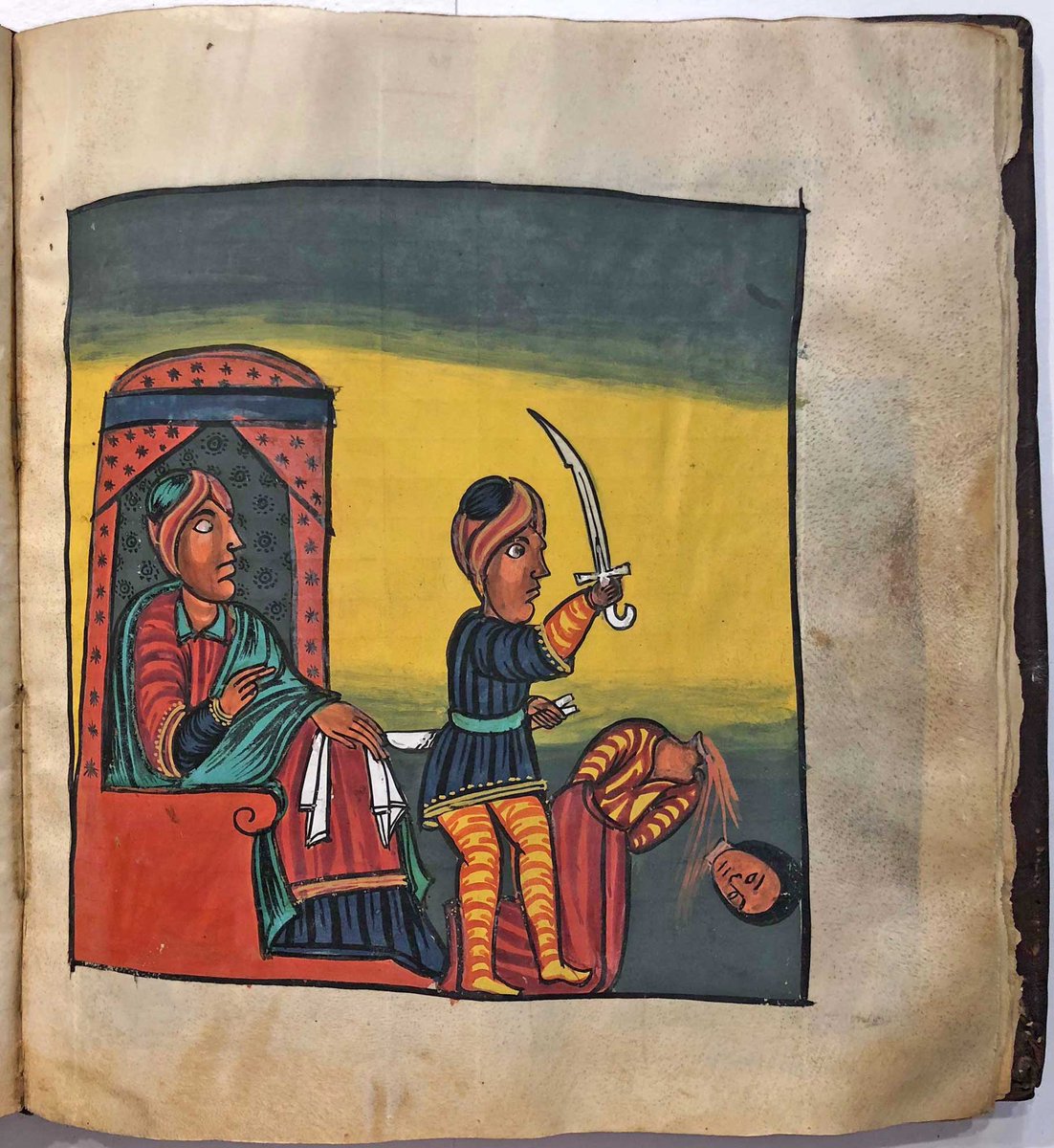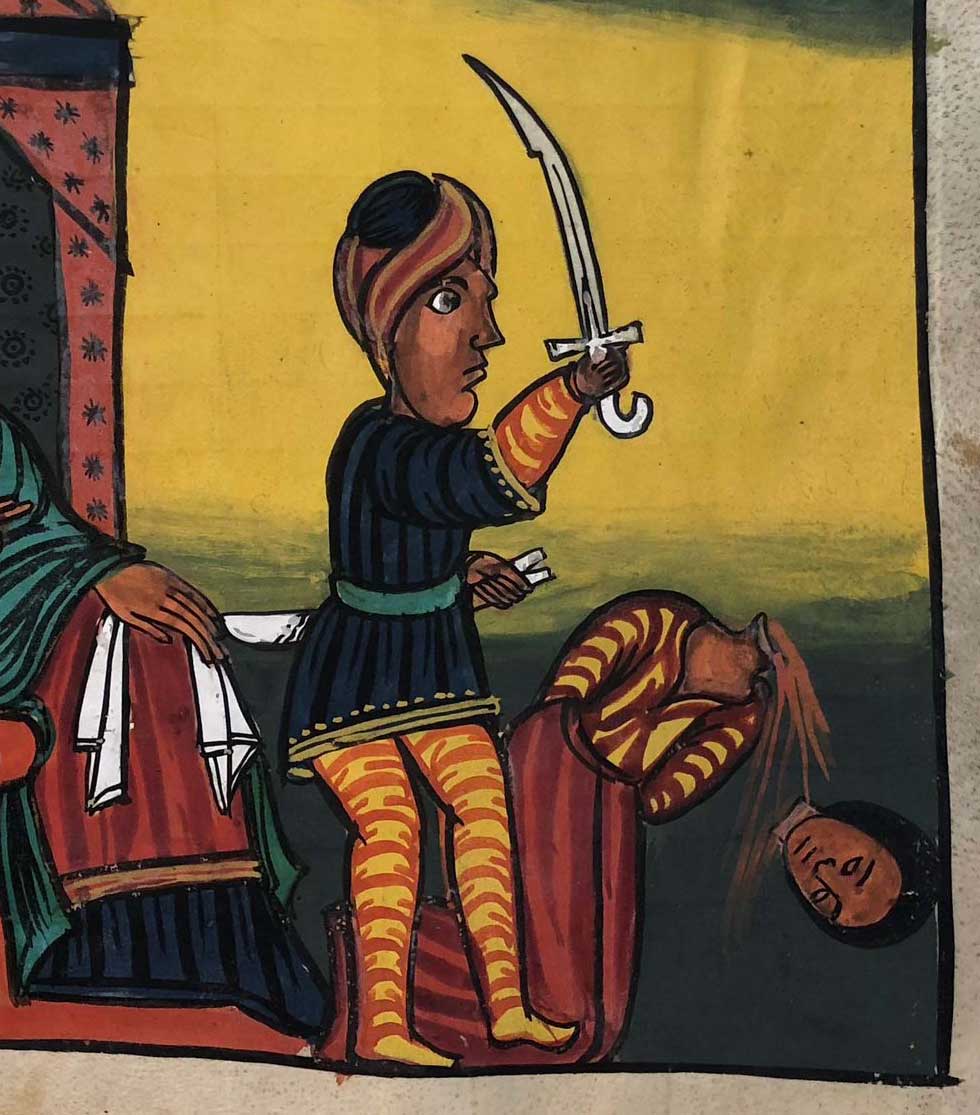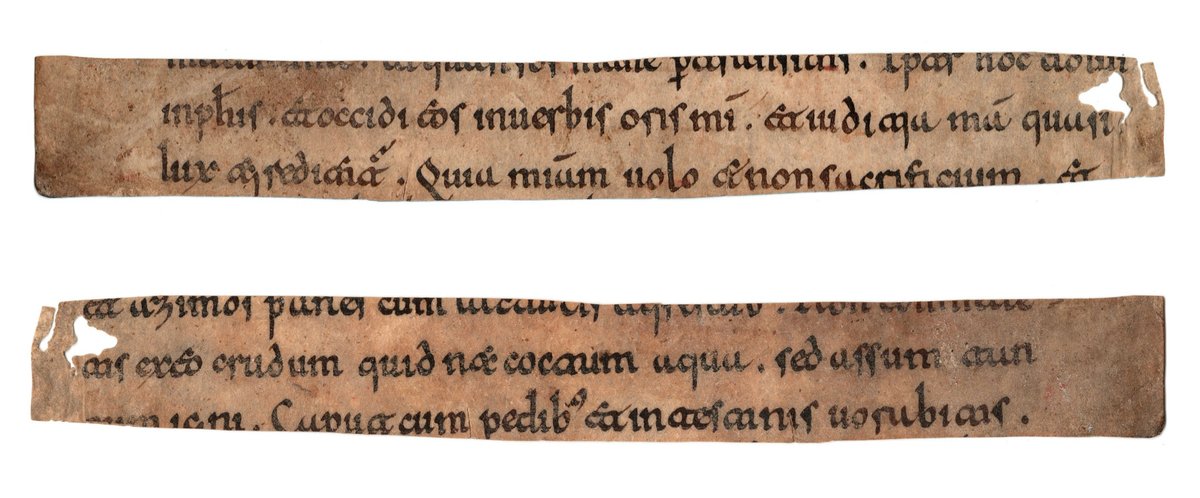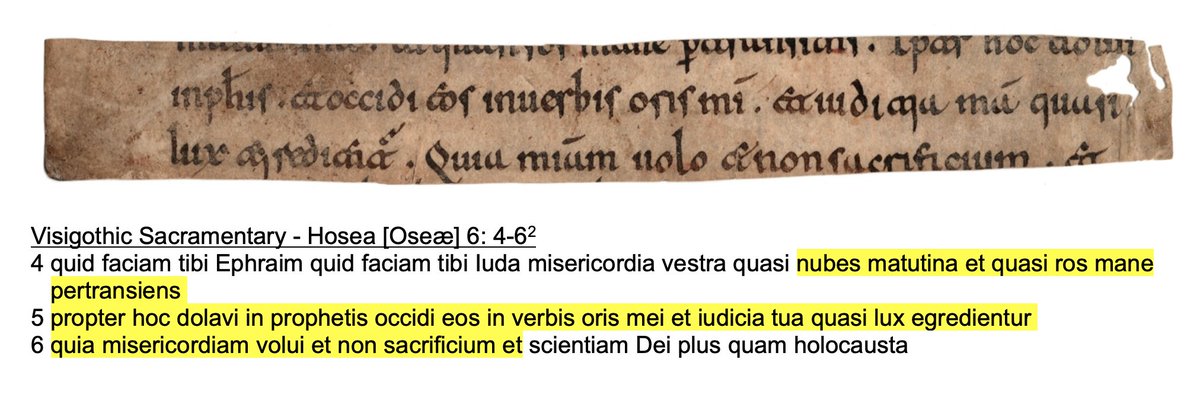
In the 90 years since its discovery the unique text of this papyrus (known as P. Michael.4), has defied simple identification. Known as the "Inundation" papyrus, it may be a fragment of an Ancient Greek novel. It describes the annual flooding of the Nile in poetic language. 1/5 



"... An area thirty stades in circumference it embraces with Egyptian soil and weaves together with a piling up of black mud. Now this area is a promontory with Poseidon and Nile on either side. It seems to me that around this area human nourishment came into being...." 2/5 

Merkelbach in 1958 identified it as a previously unrecorded section of the geographies of Hecataeus of Miletus (c. 550 - c. 476 BC.), the first recorded Greek geographer. 3/5
On the other hand, the style of the language suggested to Murray & West that it may be part of an otherwise unknown literary work. Santoni placed it in the tradition of Stoic philosophy, and the authorship of Chairemon of Alexandria, the Graeco-Roman tutor to Nero. 4/5 

The most recent publication, that of Stephens and Winkler, focusses on the address in the first person to create a narrator, and concludes it might be part of an Ancient Greek novel. They have assigned it the title ‘Inundation’. 5/5
• • •
Missing some Tweet in this thread? You can try to
force a refresh


